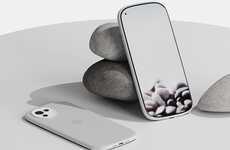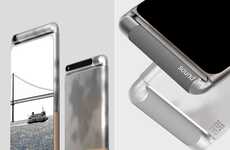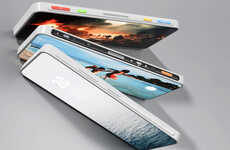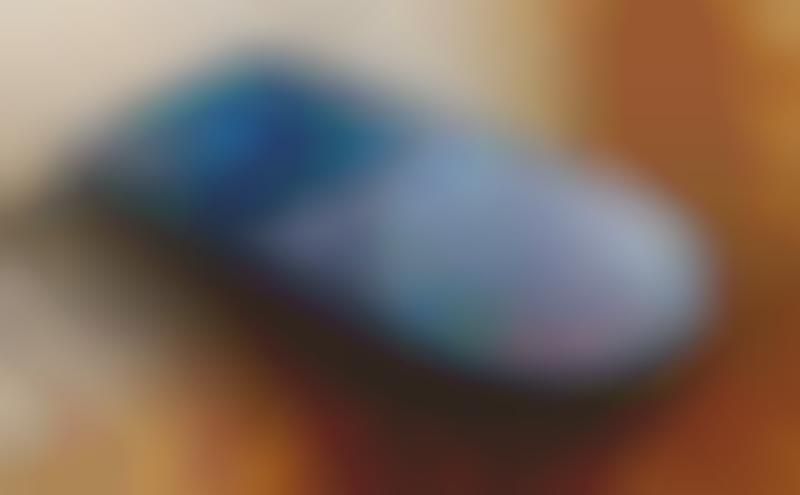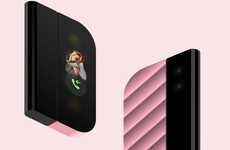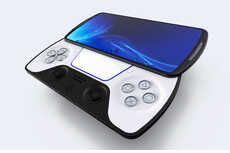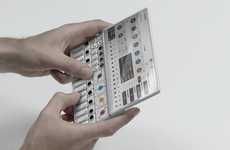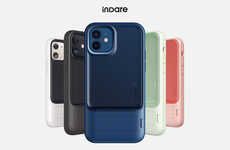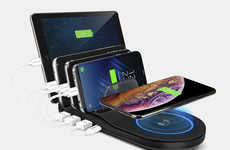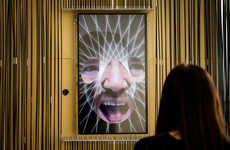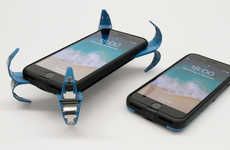
The 'APOLLO 2.0' Smartphone is Ergonomically Shaped
Michael Hemsworth — January 29, 2018 — Tech
References: yankodesign & yankodesign
The conceptual 'APOLLO 2.0' smartphone has been designed to offer a more ergonomic example of what can be done to make our devices more appealing and applicable as they become more further engrained into our lifestyle.
Designed by Varnicic Branislav, the smartphone is crafted from black ebony wood and features a sculpted bottom portion that actually suits the contours of the hand. This comes as a stark contrast to existing devices on the market that feature a rectangular design that cane be somewhat awkward to hold onto for extended periods.
The conceptual 'APOLLO 2.0' smartphone identifies how technology will likely continue to shift in design towards ergonomic aesthetics as consumers steadily increase the amount of time they spend using it.
Designed by Varnicic Branislav, the smartphone is crafted from black ebony wood and features a sculpted bottom portion that actually suits the contours of the hand. This comes as a stark contrast to existing devices on the market that feature a rectangular design that cane be somewhat awkward to hold onto for extended periods.
The conceptual 'APOLLO 2.0' smartphone identifies how technology will likely continue to shift in design towards ergonomic aesthetics as consumers steadily increase the amount of time they spend using it.
Trend Themes
1. Ergonomic Smartphone Design - Designing smartphones with ergonomic shapes and functionality to improve user comfort and experience.
2. Natural Materials in Technology - Incorporating natural materials, such as ebony wood, into technology designs for an enhanced aesthetic and sustainable approach.
3. Technology Personalization - Enabling users to personalize their devices with unique and customized designs, reflecting enhanced creativity and individualism.
Industry Implications
1. Consumer Electronics - Developing and manufacturing consumer electronics with a focus on ergonomic shapes, natural materials, and personalization options.
2. Luxury Goods - Incorporating natural materials and unique design elements in luxury goods, including smartphones, to create distinctive, high-end products.
3. Interior Design - Exploring the use of natural materials in interior design, including the integration of technology with natural aesthetics to create unique and dynamic spaces.
6.8
Score
Popularity
Activity
Freshness



